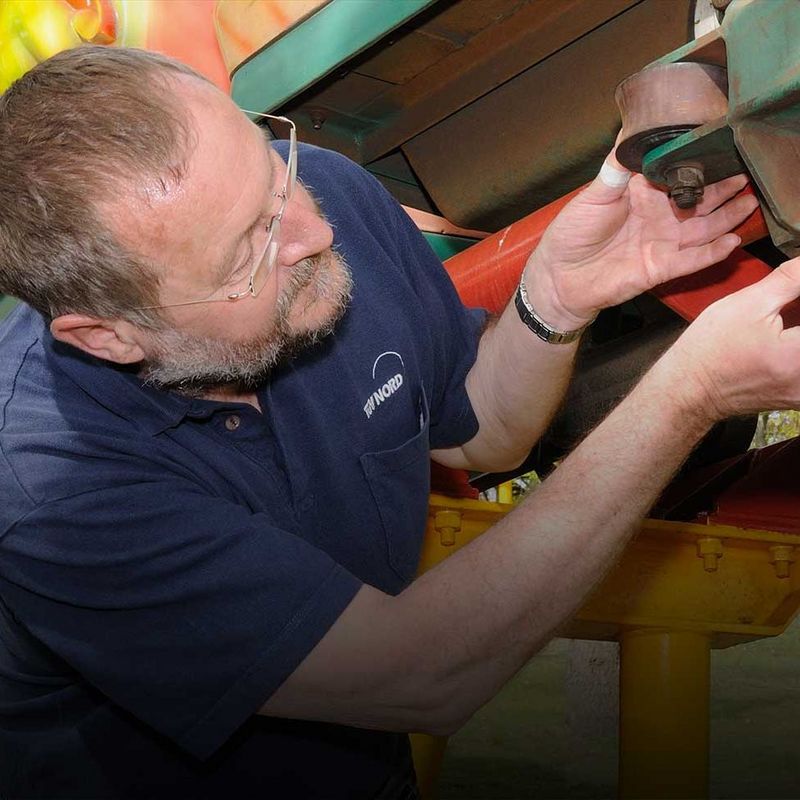02 August 2018
Work-related accidents and sickness place a burden on employees, their families and businesses themselves. Standard ISO 45001 is therefore intended to ensure greater safety at the workplace. In a short interview, Barbara Meyer from TÜV NORD explains what the standard is intended to achieve and the changes that result for companies and other organizations.
#explore: What is ISO 45001?
Barbara Meyer: ISO 45001 is the first International Standard for occupational safety and health management throughout the world. It provides organizations from all sectors with a framework for proactive risk reduction at the workplace, thus improving the health and wellbeing of the workforce on a sustainable basis. The intention is not only to protect in-house employees more effectively, but also suppliers, agency workers, service providers and contractors. In order to achieve this, employees and other relevant workers will be involved in all aspects of the occupational safety and health management system in future. The top management is also required to commit actively and visibly to improvement of occupational safety and health, and in addition, companies and organizations must identify and describe opportunities for improvement within a dedicated process. Following a three-year transition period, ISO 45001 will replace the previous standard – “Occupational Health and Safety Assessment Series” (OHSAS 18001). Current OHSAS 18001 certificate holders should therefore address the requirements of the new standard as soon as possible.
"In future, companies will also be responsible for the safety of contractors working at their site and also for the safety of visitors or neighbours."
#explore: What will change?
Barbara Meyer: In future, companies will also be responsible for the safety of contractors working at their site and also for the safety of visitors or neighbours. A systematic approach based on the so-called STOP principle is generally used to eliminate safety and health risks. This acronym stands for Substitution, i.e. replacement of materials hazardous to health by non-hazardous materials, for Technical measures, in order to isolate sources of hazard like machinery with safety barriers for example, then for Organizational measures, which separate people from safety hazards either spatially or in terms of time – such as separation of pedestrians from fork-lift truck drivers – and for Personal protective measures, covering items like the use of safety goggles right up to instruction in workplace safety. If individual tasks are outsourced to an external provider – for example to a laundry – ISO 45001 stipulates that these processes will in future remain within the scope of the occupational safety and health management system of the client organization. In addition, companies must ensure the safety of employees who work externally on a temporary basis. To reduce risks, occupational safety and health measures should already be included when processes and products are being developed.
#explore: Why does ISO 45001 place so much weight on participation of workers in all occupational safety and health processes?
Barbara Meyer: In most cases, human error is the cause of accidents in the workplace, and many years of research confirm this. Around 90 per cent of these accidents are caused by behavioural and organisational factors. Participation of workers in all aspects of occupational safety and health can therefore considerably improve the effectiveness of the corresponding management system. ISO 45001 aims to improve behaviour-based safety and health at the workplace. In many organisations, this necessitates a cultural transformation which motivates employees to work more actively and take more responsibility for safety and health. Managers who provide an excellent example, and clear commitment and active participation at all management levels, are also decisive factors. Occupational safety and health are a matter for the boss and this must be clearly demonstrated in day-to-day working life.
#explore: How can companies profit from the changeover?
Barbara Meyer: The changeover to ISO 45001 is naturally associated with a certain expenditure of time and money, but this is more than worthwhile from both the human and business points of view. Fewer disruptions to operating schedules, lower accident and sickness rates and increased safety awareness reduce costs, increase employee satisfaction, create legal certainty and lead to competitive advantages. In addition, the so-called High Level Structure of the standard means that organizations can combine different aspects such as quality, environmental and energy management with safety and health management and can develop an integrated management system.
You may also like
 Gorodenkoff Productions / AdobeStock
Gorodenkoff Productions / AdobeStockWhat does ISO 9001:2015 mean?
Quality and customer satisfaction are the decisive criteria for the success of a company.
Read more
ABOUT
© TÜV NORD
At TÜV NORD CERT Barbara Meyer is Head of Region North and Service Quality within the area of System Certification DACH.


